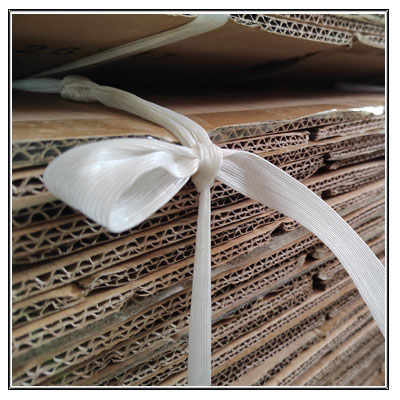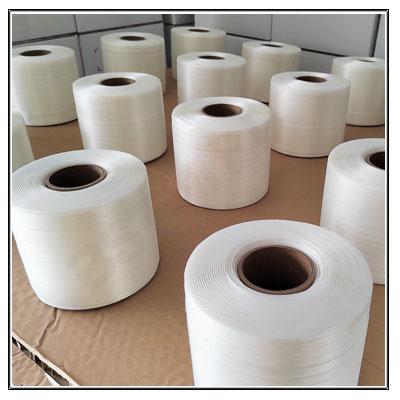- +86 136 65744767
- 09:00 AM - 5:00 PM
In the agricultural and waste management industries, the choice of binding material for bales is crucial. Baling straps have emerged as a preferred alternative to traditional twine and rope, offering significant advantages in terms of resistance and strength, especially during the transportation of bales and waste. As industries continually seek more efficient and cost-effective solutions, baling straps present a compelling option that meets these demands.


One of the primary reasons for the growing popularity of baling straps is their superior strength. Made from high-quality materials, these straps can withstand greater tension and pressure compared to traditional twine or rope. This increased strength ensures that bales remain securely bound, even under the stress of transportation. The enhanced durability of baling straps reduces the risk of breakage, which can lead to significant losses and operational disruptions. In an industry where efficiency and reliability are paramount, the robustness of baling straps provides a critical advantage.
In addition to their strength, baling straps offer exceptional resistance to environmental factors. Unlike twine and rope, which can degrade over time when exposed to moisture, UV rays, and other harsh conditions, baling straps maintain their integrity. This resistance ensures that the straps can be used in a variety of environments without compromising their performance. For farmers and waste management professionals, this means less worry about the condition of their bales during storage and transport, leading to greater peace of mind and operational efficiency.
Economically, baling straps also make a strong case. While the initial cost of baling straps might be slightly higher than that of twine or rope, their longevity and reliability result in significant cost savings over time. The reduced risk of breakage and the need for fewer replacements mean that businesses can achieve better value in the long run. Furthermore, the efficiency gained from using a more reliable binding material can translate into increased productivity and lower labor costs, as workers spend less time dealing with issues related to binding failures.
Another factor contributing to the economic appeal of baling straps is their versatility. Baling straps can be used with a wide range of baling machines and equipment, making them a flexible solution for various applications. This versatility means that businesses do not need to invest in specialized equipment or make significant adjustments to their existing processes to adopt baling straps. The ease of integration further enhances their attractiveness as a practical and economical alternative.
Moreover, baling straps are increasingly being recognized for their environmental benefits. Many baling straps are made from recyclable materials, aligning with the growing emphasis on sustainability in agriculture and waste management. By choosing baling straps, businesses can reduce their environmental footprint and contribute to more sustainable practices. This aspect is particularly important as industries face increasing pressure to adopt eco-friendly solutions and reduce waste.
In conclusion, baling straps offer a compelling combination of strength, resistance, and economic benefits that make them a superior alternative to traditional twine and rope. Their ability to withstand the rigors of transportation and environmental exposure, coupled with their cost-effectiveness and versatility, positions them as an ideal choice for binding bales and waste. As industries continue to evolve and prioritize efficiency and sustainability, the adoption of baling straps is likely to grow, driving further advancements in the field and setting new standards for performance and reliability.
